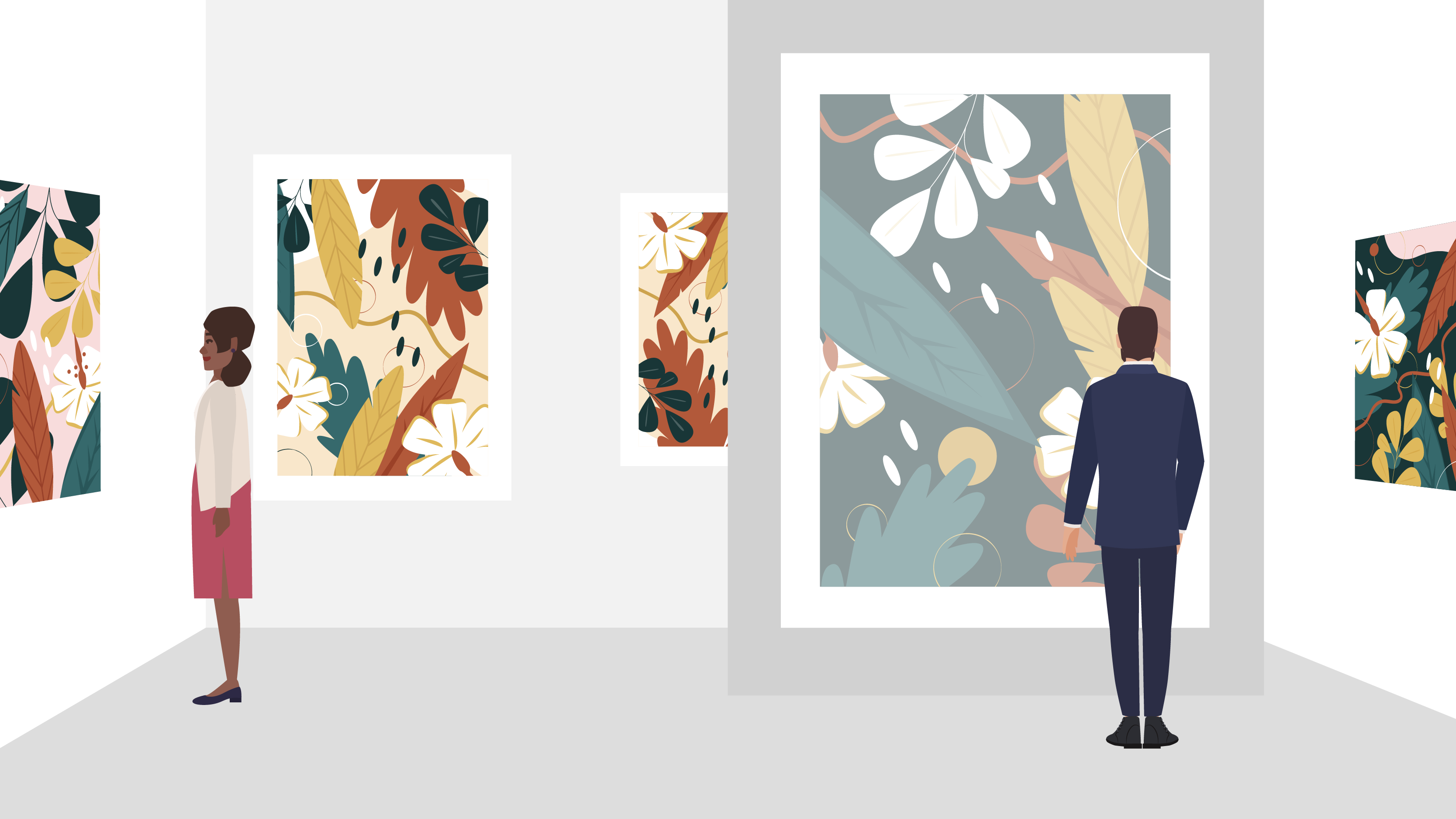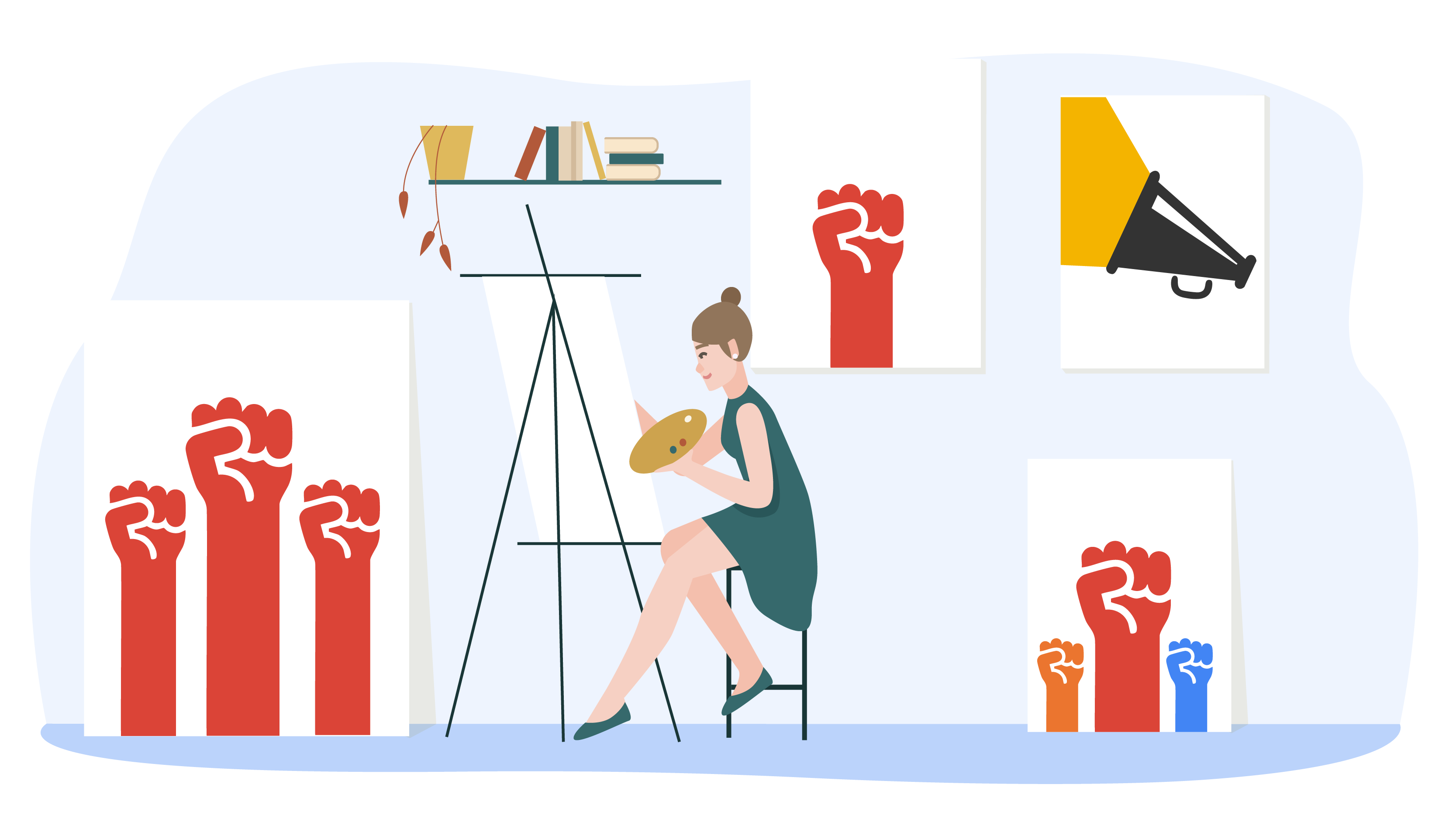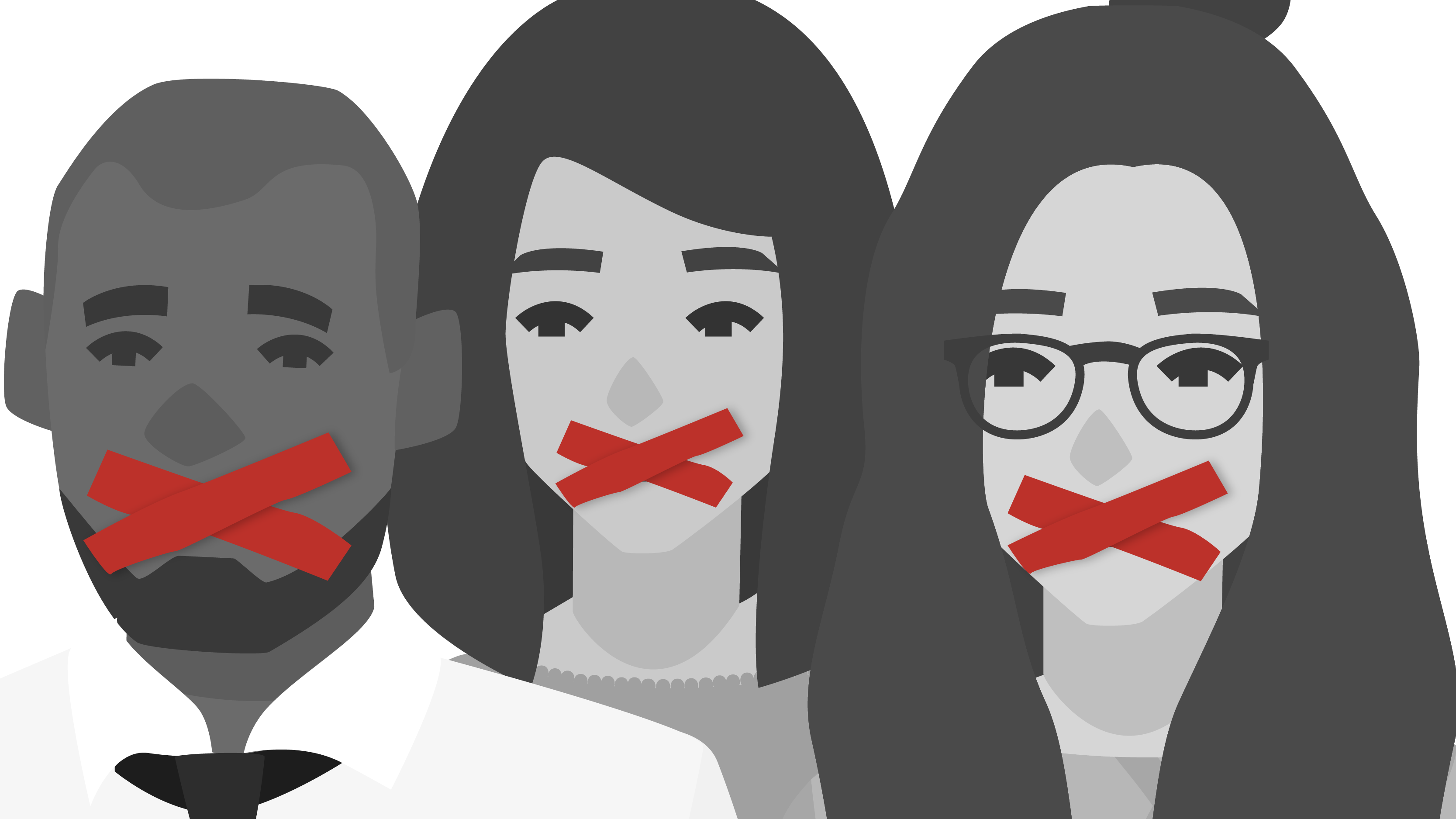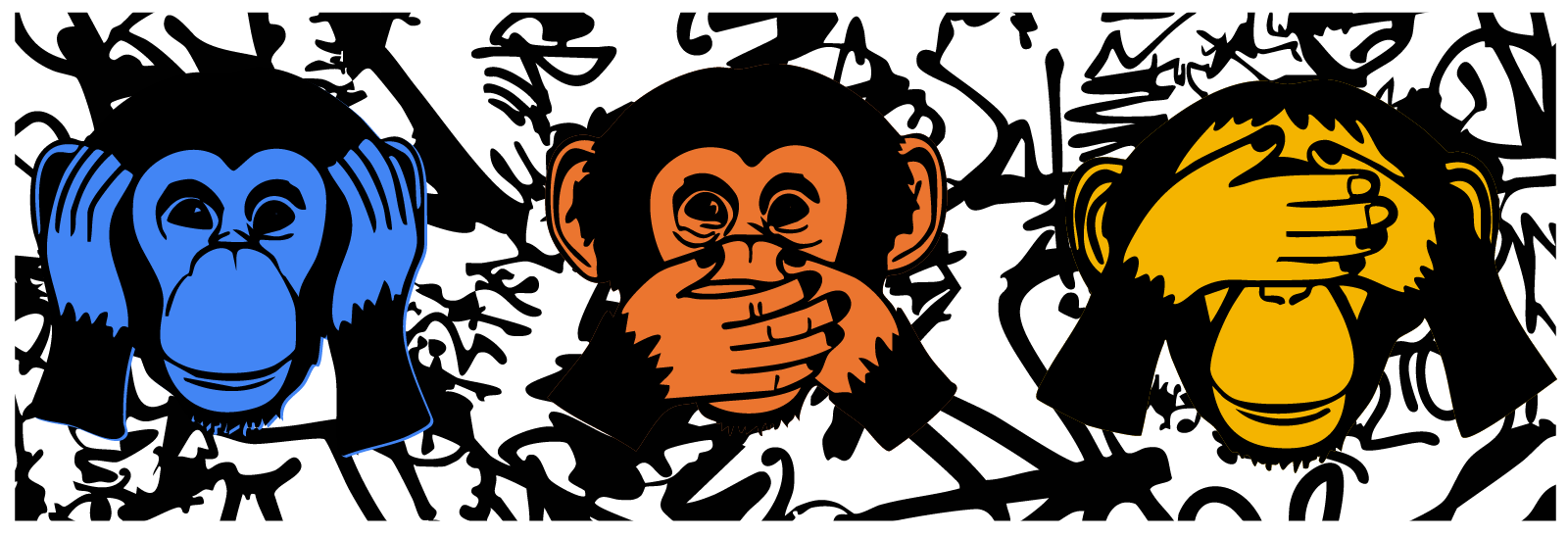Table of Contents |
Conflict in art often arises from the tension between an artist’s vision and societal norms, cultural values, or audience interpretations. Art can challenge perceptions, spark debates, and evoke strong emotional responses, making it a powerful tool for expressing and addressing conflict. This conflict manifests in various ways, including personal struggles within the creative process, cultural critiques, or disagreements over interpretation. Whether internal, such as an artist grappling with their identity, or external, challenging societal structures or political systems, art serves as a medium for engaging with and reflecting on complex issues.

In art and visual culture, conflict refers to the tension or discord arising from differing perspectives and interpretations or the challenging nature of the work itself. Conflict can stem from the subject matter, the artist’s intent, or the cultural context in which the artwork is created and received. Artists often use their work to express social, political, or personal struggles, sparking dialogue and challenging the prevailing norms.
For instance, art addressing war, inequality, and injustice often evokes strong emotional responses, as seen in Picasso’s Guernica, which portrays the horrors of the Spanish Civil War and sparked debate about art’s role in political expression. Similarly, Banksy’s works critique modern social issues, pushing viewers to question societal values.
Visual cultural experiences extend beyond traditional art forms to include popular media, performances, and public installations, all of which can provoke debate. Conflict may arise between the artist’s intent and audience interpretation, especially when cultural or political sensibilities are involved, often encouraging broader societal discussions.
In this lesson, you will explore how conflict in art serves as a medium for expression, reflection, and confrontation, challenging viewers to engage with uncomfortable realities and consider multiple viewpoints.
Conflict in art manifests in various forms, from personal struggles within the creative process to broader societal tensions reflected in the work itself. The list below explores different types of conflict in the art world and highlights historical and contemporary examples, illustrating how art serves as a medium for social commentary, political critique, and cultural debate.
EXAMPLE
Vincent Van Gogh: His mental health struggles are mirrored in emotionally intense works like Starry Night, where chaotic brushstrokes reflect inner turmoilEXAMPLE
Diego Rivera’s murals: Depicted class struggles and social inequality in Mexico, engaging the public in reflection on power and privilegeEXAMPLE
Marcel Duchamp’s Fountain (1917): A porcelain urinal as a piece of art to challenge conventional notions of what constitutes art. Disagreement over the meaning and value of Fountain fueled debate about the boundaries of art and the artist’s role in redefining those boundariesEXAMPLE
Nazi Germany’s “Degenerate Art”: Modern and avant-garde works were censored for conflicting with the regime’s ideological standardsEXAMPLE
Picasso’s Guernica: A monumental anti-war painting protesting the Spanish Civil War, becoming a global symbol of the horrors of warEXAMPLE
Soviet Era dissident art: Artists who opposed government propaganda faced censorship and severe consequences, including imprisonmentEXAMPLE
Controversy over Indigenous symbols: Artists incorporating Indigenous or African American symbols without belonging to these communities, sparking debates over respect and authenticityArtists have long played a pivotal role in addressing and provoking conflict through their work, often serving as catalysts for social change, cultural debate, and political critique. Their unique position as both creators and commentators allows them to engage with sensitive issues and challenge the status quo, making art a powerful medium for addressing societal conflicts and raising awareness of injustices.

Some artists take on the role of activists, using their art as a platform to challenge societal norms, raise awareness about social justice issues, or protest against oppression. These artists often tackle controversial topics, exposing inequality, corruption, and human rights abuses. For instance, Ai Weiwei, a Chinese artist and activist, uses his art to critique censorship, governmental corruption, and human rights violations in China. His works, such as Sunflower Seeds and Dropping a Han Dynasty Urn, provoke reflection on the relationship between power, tradition, and authority, often putting him in conflict with the Chinese government. Weiwei’s work blurs the line between art and activism, making his pieces both creative expressions and acts of defiance.
Another way artists provoke conflict is through work that addresses issues of gender, race, or sexuality. By focusing on identity politics, these artists often challenge dominant narratives and expose the social structures that marginalize certain communities. Kara Walker is one such artist whose use of silhouettes critiques historical and racial violence in the United States. Her work confronts the viewer with uncomfortable truths about America’s past and present, particularly regarding slavery, racism, and violence. Walker’s art forces society to reckon with its own history, often sparking debate and controversy around race relations and historical memory. In this way, artists addressing identity politics navigate the complexities of self-expression while simultaneously challenging societal norms.
These examples raise important questions about the role of the artist in society. How do artists balance their creative freedom with societal pressures or expectations? Should art intentionally provoke conflict, or should it seek resolution? Many artists view conflict as an essential element of their work, believing that art should disrupt complacency and provoke thought. Others may strive for harmony or resolution, using their work to bring about healing or understanding. Ultimately, the role of the artist in conflict varies depending on their intent and perspective, with some seeing their work as a tool for activism and others viewing it as a medium for personal or societal reflection.
Art often engages viewers in ways that go beyond passive observation, encouraging them to reflect on their beliefs, values, and emotions. Audiences play a critical role in how art-related conflicts arise, evolve, or are resolved. Their reactions and interpretations can either provoke further controversy or foster understanding, depending on how they engage with the work.
The way individuals interpret art is shaped by their cultural, social, and personal backgrounds, often resulting in a range of reactions to the same piece. This subjectivity can create conflict when viewers disagree on the meaning or value of an artwork. For instance, modern abstract art frequently divides audiences. Some may view it as groundbreaking and revolutionary, pushing the boundaries of artistic expression, while others might dismiss it as formless or meaningless. This dichotomy highlights how different cultural lenses and personal preferences can lead to polarized reactions, sparking debates that go beyond the artwork itself and go into broader questions about the purpose and value of art.

In some cases, audience reaction to art goes beyond individual interpretation and escalates into public protests or calls for censorship. Artworks that touch on sensitive social or political issues often provoke intense reactions, with some members of the public feeling personally or culturally attacked by the piece. A prominent example is the debate over Confederate statues in the United States. For some, these statues are historical artifacts representing Southern heritage. For others, they symbolize racial oppression and slavery. This conflict has led to public protests and widespread debates about the role of such statues in public spaces. Here, the viewer’s role in conflict extends to public activism, as art becomes a flashpoint for societal and cultural disagreements.
The viewer’s interpretation and reaction, whether as an individual or as part of a collective response, plays a significant role in how art-related conflict unfolds. Audiences are not just passive recipients of artistic messages; their engagement can either ignite controversy or open pathways for dialogue and resolution. The dynamic between artist and audience is thus integral to understanding how art functions within the broader cultural and social landscape.
Art is not only confined to traditional spaces like museums and galleries but also exists in public spaces and digital platforms, all of which are arenas where conflict can emerge. Visual cultural experiences often provoke debates about representation, ownership, and the role of art in society, as well as the ethical responsibilities of those who curate or consume art.
Museums and galleries are often the stage for debates over which art should be displayed and how it should be interpreted. These spaces serve as gatekeepers, deciding what art is worthy of public attention, and their choices can lead to conflicts over cultural representation, historical context, and even ownership. A notable example is the Benin Bronzes, a collection of artifacts taken from the Kingdom of Benin (modern-day Nigeria) during the colonial era. Many argue these pieces should be returned to Nigeria, while others believe they belong in the European museums that house them. This debate raises broader questions about cultural restitution and the legacy of colonialism in art institutions, challenging the role of curators in shaping historical narratives.
Public art, from statues to murals, often sparks conflict due to its accessibility and visibility in shared spaces. Public installations can be viewed as politically charged, controversial, or culturally inappropriate, leading to their defacement or removal. For instance, Confederate statues in the United States have been targets for removal or vandalism as part of a larger debate about their symbolic meaning in contemporary society. These statues, viewed by some as historical monuments and by others as representations of racial oppression, reflect the broader tensions surrounding public art and its role in reinforcing or challenging cultural narratives.
As art increasingly moves into digital spaces, new forms of conflict arise, especially concerning issues like copyright, accessibility, and the commercialization of art through digital assets such as NFTs (non-fungible tokens). The sale of NFTs has sparked debates about the commodification of art, with critics arguing that turning famous artworks into digital tokens can undermine their accessibility and integrity. For example, the backlash over the sale of NFTs from iconic works of art reflects concerns about whether this trend benefits artists or erodes the public’s access to cultural heritage. Digital art also faces challenges related to copyright infringement and the balance between preserving creative rights and ensuring art remains available for public consumption.
In these various visual cultural experiences, conflicts often revolve around questions of ownership, representation, and the societal role of art. Whether in physical spaces like museums or the evolving world of digital platforms, art continues to serve as a flashpoint for larger societal debates and controversies.
Art serves as more than a reflection of conflict—it can also act as a bridge to healing and dialogue. By engaging with sensitive subjects, art opens up a space for conversations, allowing individuals and communities to process trauma and find common ground. It promotes empathy and understanding, transforming adversarial situations into opportunities for reconciliation. For instance, in postconflict regions like Northern Ireland, murals have helped bring together opposing groups by offering a shared space for expression and healing. Similarly, in postapartheid South Africa, art played a role in addressing racial and social injustices, fostering broader discussions on forgiveness and unity. Through its ability to communicate across boundaries, art becomes a medium for dialogue and resolution, helping to build peace and foster understanding.

However, the role of art in conflict also raises significant ethical considerations. Balancing artistic freedom with cultural respect presents a core challenge, particularly when art offends or marginalizes certain groups. While artists push boundaries and challenge societal norms, they must also consider how their work impacts the communities they depict. The issue becomes especially contentious when dominant cultures appropriate symbols from marginalized groups, potentially erasing historical context and perpetuating stereotypes. Another ethical issue involves the ownership and display of looted artifacts, such as the ongoing debate over the Benin Bronzes, looted during colonial times and now housed in European museums. These ethical dilemmas call for a reevaluation of how art is created, displayed, and owned, highlighting the need for a thoughtful balance between creative expression and cultural responsibility.
Source: THIS TUTORIAL WAS AUTHORED BY MARLENE JOHNSON (2019) and STEPHANIE MENEFEE and TRACI CULL (2024). PLEASE SEE OUR TERMS OF USE.